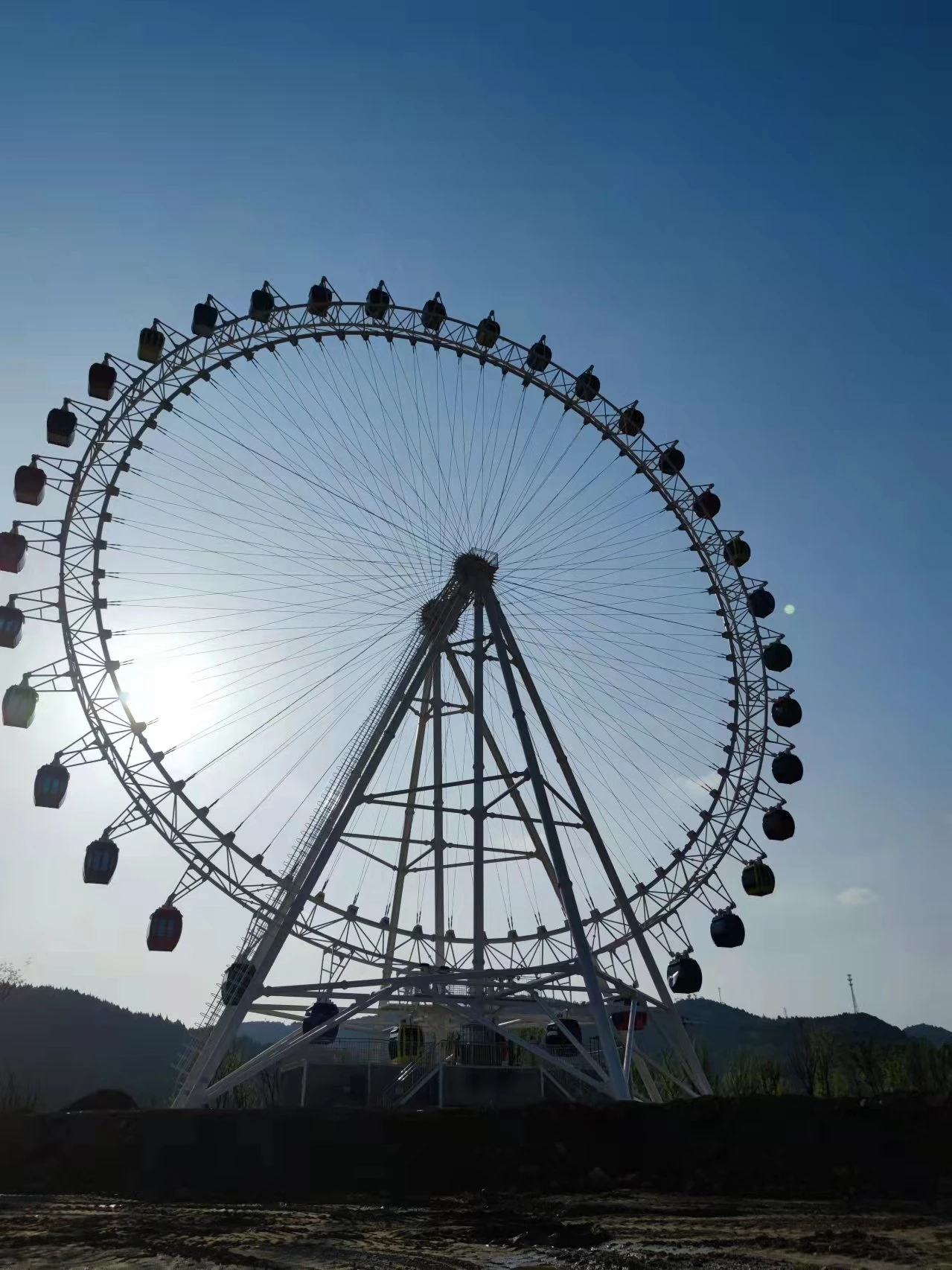- Albanian
- Arabic
- Belarusian
- Bengali
- Czech
- English
- French
- German
- Hebrew
- Hungarian
- Indonesian
- irish
- Italian
- Japanese
- kazakh
- Persian
- Russian
- Thai
- Uzbek
- Vietnamese
roller coaster cost
The Economics of Roller Coaster Construction An In-Depth Look at Roller Coaster Costs
Roller coasters have long been the crown jewels of amusement parks, drawing thrill-seekers from around the globe. From the exhilarating rush of G-forces to the intricately designed tracks that push the boundaries of engineering, roller coasters are not only a source of entertainment but also a significant investment for theme park operators. Understanding the costs associated with building a roller coaster is essential for anyone interested in the amusement industry.
The Initial Investment
The cost of constructing a roller coaster can vary widely, ranging from hundreds of thousands to millions of dollars. Several factors influence the price, including the type of coaster, its size, location, and the technology used in its design. For instance, wooden roller coasters are generally less expensive to build than their steel counterparts. A traditional wooden coaster might cost anywhere from $1 million to $5 million, while steel coasters can range from $3 million to upwards of $30 million, depending on the complexity and length of the ride.
One of the most significant costs involves the materials. Steel prices can fluctuate based on global market trends, impacting the overall budget. Additionally, the construction process requires a skilled workforce, which adds to labor costs. Engineers, designers, and construction crews must collaborate closely to ensure the coaster meets safety regulations, further driving up expenses.
Design and Engineering
Before a roller coaster can be constructed, extensive planning and design work must be done. This phase is crucial as it affects both safety and the coaster's performance. Costs associated with this phase can include digital modeling, simulations, and prototype testing. Advanced ride technology often requires more research and development, contributing to higher initial costs. For instance, some modern coasters utilize magnetic propulsion systems, which can be more expensive than traditional chain lifts.
Moreover, while traditional rides might use simple loops and drops, cutting-edge coasters today often feature inversions, corkscrews, and other unique elements that attract riders. Each of these must be meticulously designed and tested, raising the overall cost of development.
roller coaster cost

Regulatory and Safety Standards
In addition to material and design costs, theme parks must comply with strict safety regulations that vary by region. This compliance often leads to additional expenditures for safety testing and inspection processes. Local governments may require certain permits and safety assessments before construction can begin, which can further inflate costs. Investing in safety is crucial, as any accidents can lead to catastrophic financial repercussions and tarnish a park’s reputation.
Operational Costs and Maintenance
Once the roller coaster has been built and opened to the public, the costs do not end there. Theme parks must budget for ongoing maintenance and operational costs. Routine inspections and repairs are necessary to ensure rider safety and maintain the ride’s performance. Depending on the complexity of the coaster, these operational expenses can amount to thousands of dollars each year.
Proper maintenance can also prolong the life of the ride, making it a worthwhile investment despite its initial costs. The park must also consider staffing costs, as trained operators and safety personnel are needed to manage the ride efficiently.
Return on Investment
Despite the substantial costs associated with building and maintaining a roller coaster, the potential return on investment can be significant. A well-designed coaster can draw large crowds, leading to increased ticket sales and ancillary revenue from food, merchandise, and other attractions. In a competitive amusement park industry, a popular coaster can become a signature attraction, helping to solidify a park’s reputation as a leading destination for thrill-seekers.
In conclusion, the cost of roller coaster construction encompasses a variety of elements, from initial design and materials to ongoing operational expenses. While the initial investment can be daunting, the potential for high returns and the ability to attract visitors make roller coasters an integral part of the amusement park experience. As technology continues to evolve, future roller coasters may push the boundaries of both design and cost, ensuring that the thrills never cease.
-
Flume Ride-Hebei Zhipao Amusement Equipment Manufacturing Co., Ltd.|Thrilling Water Attraction&Customizable DesignJul.30,2025
-
Flume Ride - Hebei Zhipao Amusement Equipment | Water Coaster, Thrilling DescentJul.30,2025
-
Flume Ride - Hebei Zhipao | Thrilling Water AttractionJul.30,2025
-
Flume Ride: Thrilling Water Attraction by Hebei Zhipao|Log Flume Manufacturers&Flume Ride DesignJul.30,2025
-
Flume Ride-Hebei Zhipao Amusement Equipment Manufacturing Co., Ltd.|Thrilling Water Coaster, Safe DesignJul.30,2025
-
Flume Ride-Hebei Zhipao Amusement Equipment Manufacturing Co., Ltd.|Thrilling Water Attraction, Safe DesignJul.30,2025
